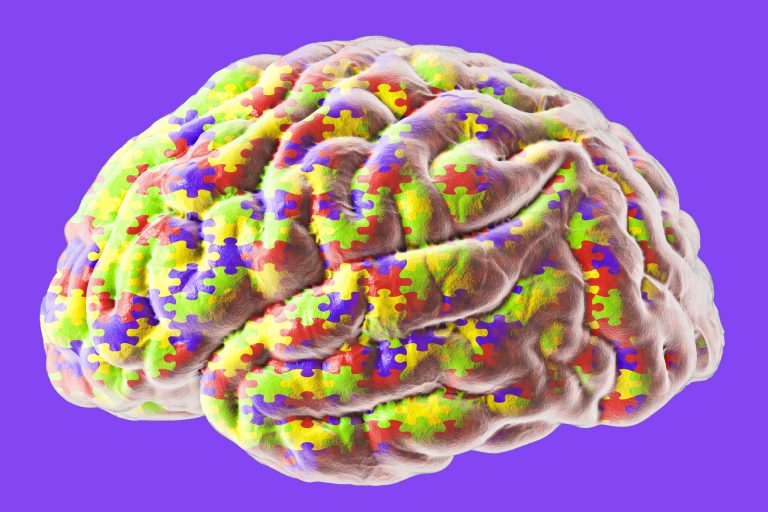
Autism spectrum disorder (ASD) is a syndrome with multiple nongenetic and genetic causes. Scientists have been investigating potential genetic culprits in autism to further understand how the syndrome affects the brain. Mutations in a few hundred genes are associated with ASD. One of them is called Cullin 3, and it is a high-risk gene. Now, a new mouse study by researchers at IST Austria reveals how this gene affects brain development.
Their findings are published in Nature Communications in a paper titled, “Cul3 regulates cytoskeleton protein homeostasis and cell migration during a critical window of brain development.”
“De novo loss of function mutations in the ubiquitin ligase-encoding gene Cullin3 (CUL3) lead to ASD,” wrote the researchers. “In mice, constitutive Cul3 haploinsufficiency leads to motor coordination deficits as well as ASD-relevant social and cognitive impairments. However, induction of Cul3 haploinsufficiency later in life does not lead to ASD-relevant behaviors, pointing to an important role of Cul3 during a critical developmental window.”
The researchers wanted to see if the modified mice mimicked some of the characteristics of patients with this form of autism and could therefore be used as model organisms. “Healthy mice usually prefer the new over the already familiar mouse,” explained Jasmin Morandell, a Ph.D. student and co-first author of the study.
While observing the mouse brain, the researchers noted a subtle but consistent change in the position of some brain cells. These nerve cells originate from a special region in the brain and then migrate toward the uppermost layers until they find their designated place in the cortex. The researchers tagged the migrating neurons to track their movements.
“We could observe migration deficits—the neurons are stranded in the lower cortex layers,” Lena Schwarz, a Ph.D. student and the other co-first author of the study, described.
To figure out which proteins are misregulated when Cullin 3 is defective, Morandell and Schwarz analyzed the protein composition of the mouse brain. “We were looking at proteins that accumulate in the mutant brain and found a protein called Plastin 3. Then Gaia came across a poster describing the work of IST Austria’s Schur group in the hallway, and we got very excited,” said Morandell. “They independently had been working on Plastin 3 as a regulator of cell motility and had complementary results to ours. That’s when we started working together,” Gaia Novarino, PhD, group leader, said.
The protein Plastin 3, which was previously unknown in the context of neuronal cell migration, has been shown to play a role in this process. “If the Cullin 3 gene is deactivated, the Plastin 3 protein accumulates, causing cells to migrate slower and over shorter distances. This is exactly what we saw happening in the cortex of the Cullin 3 mutant mice,” explained Schwarz.
“Determining these critical windows during brain development could be extremely important to fine-tune the treatment of patients with specific forms of ASD,” added Novarino. “Following up with the research on Plastin 3 could pave the way for some therapeutics. Inhibiting the accumulation of this protein could eventually alleviate some of the symptoms patients have,” Schwarz said.
“We now know that defective Cullin 3 leads to increased levels of Plastin 3. This tight correlation shows that Plastin 3 protein levels may be an important factor for the control of cell-intrinsic movements,” concluded Morandell.
“Altogether, our observations point to a central role of Cul3 in early brain development,” wrote the researchers. “In agreement, heterozygous deletion of Cul3 in adult animals does not cause obvious behavioral defects. Therefore, although a direct connection is still missing, it seems plausible that Cul3 haploinsufficiency-associated migration defects play a central role in the behavioral abnormalities associated with ASD.”













